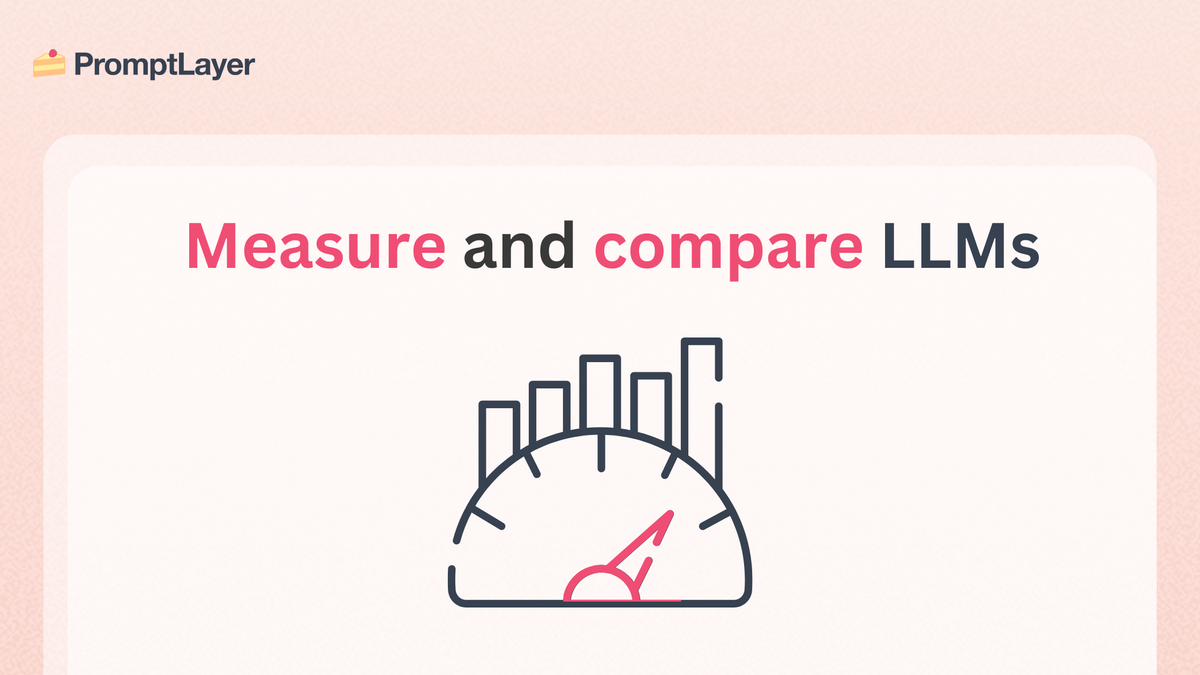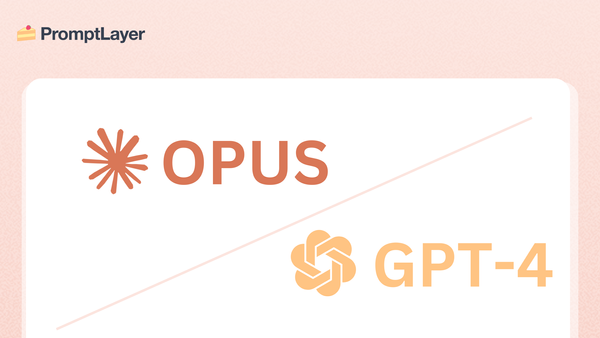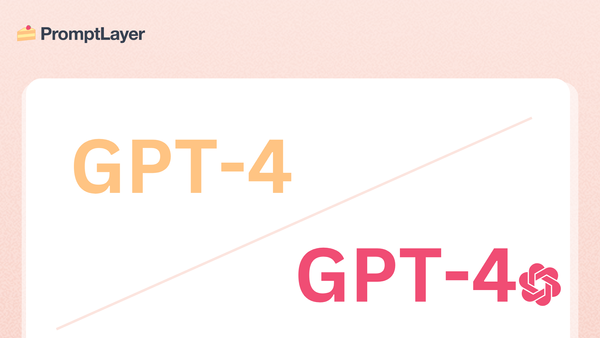LLM Benchmarks: A Comprehensive Guide to AI Model Evaluation

| Model | General (MMLU) | Code (HumanEval) | Math (MATH) | Reasoning (GPQA) | Multilingual (MGSM) | Tool Use (BFCL) | Grade School Math (GSM8K) |
|---|---|---|---|---|---|---|---|
| Claude 3.5 Sonnet | 88.3% | 92.0% | 71.1% | 59.4% | 91.6% | 90.2% | 96.4% |
| GPT-4o | 88.7% | 90.2% | 76.6% | 53.6% | 90.5% | 83.6% | 96.1% |
| Meta Llama 3.1 405b | 88.6% | 89.0% | 73.8% | 51.1% | 91.6% | 88.5% | 96.8% |
| Claude 3 Opus | 85.7% | 84.9% | 60.1% | 50.4% | 90.7% | 88.4% | 95.0% |
| GPT-4 (base) | 86.4% | 86.6% | 64.5% | 41.4% | 85.9% | 88.3% | 94.2% |
| Gemini 1.5 Pro | 86% | 87% | 85% | 61% | 87.5% | 84.4% | 90.8% |
Introduction
AI models have been progressing at an insane pace, with new language models emerging almost weekly. But how do we know which ones truly excel? LLM benchmarks serve as the industry's standardized testing framework, letting us objectively compare these powerful models and understand what they can really do.
Understanding LLM Benchmarks
At their core, LLM benchmarks are standardized testing frameworks designed to evaluate how well language models perform across different tasks and capabilities. Think of them as the SATs for AI – they provide a consistent way to measure performance across various skills and knowledge domains.
How Benchmarks Work
Benchmarks typically operate through three main testing approaches:
- Zero-shot Testing: Models must complete tasks without any examples or prior context. This tests their innate ability to understand and respond to novel situations.
- Few-shot Testing: Models receive a small number of examples before tackling a task, measuring their ability to learn from limited information.
- Fine-tuned Testing: Models are specifically trained on similar datasets, evaluating their potential for specialized tasks.
The scoring mechanisms vary by benchmark but usually involve comparing the model's output against known correct answers or human-generated responses.
Major Benchmark Categories
General Knowledge & Reasoning
The flagship benchmark in this category is MMLU (Massive Multitask Language Understanding), which tests models across 57 subjects ranging from elementary math to professional law. As of 2024, Claude 3.5 Sonnet and GPT-40 lead among the models with an 88.3% and 88.7% accuracy respectively.
GPQA, a popular general reasoning benchmark, tests high-level reasoning through 448 multiple-choice questions in biology, physics, and chemistry. These questions are "Google-proof" – even skilled professionals with unlimited web access only achieve 34% accuracy. Current leaders:
- Claude 3.5 Sonnet: 59.4%
- GPT-4o: 53.6%
- Llama 3.1 405b: 51.1%
HellaSwag is another benchmark that challenges models with commonsense reasoning tasks. It's particularly interesting because it uses "adversarial filtering" to create deceptively incorrect answers that might trip up less sophisticated models.
Mathematical Ability
Mathematical reasoning remains one of the most challenging areas for LLMs. The MATH benchmark, containing 12,500 competition mathematics problems, reveals significant gaps even in top models. Current leaders include:
- GPT-4o: 76.6%
- Meta Llama 3.1 405b: 73.8%
- Claude 3.5 Sonnet: 71.1%
The GSM8K benchmark provides a more practical assessment through grade-school math word problems, testing models' ability to break down and solve multi-step calculations.
MGSM (Multilingual Grade School Math) is a unique benchmark that tests models' ability to solve math problems across 10 different languages. Using 250 carefully translated grade-school problems, it evaluates both mathematical reasoning and language understanding. Current leaders show impressive multilingual capabilities:
- Claude 3.5 Sonnet & Llama 3.1 405b: 91.6%
- GPT-4o: 90.5%
- Claude 3 Opus: 90.7%
Coding & Technical Skills
The HumanEval benchmark has become the industry standard for assessing code generation capabilities. It presents models with 164 programming problems, similar to software interview questions. Recent results show:
- Claude 3.5 Sonnet: 92.0%
- GPT-4o: 90.2%
- Meta Llama 3.1 405b: 89.0%
MBPP, or the “Massive Bash-Python Programming Benchmark,” is a dataset of around 1,000 Python programming problems aimed at entry-level programmers. Each problem includes a task description, a solution, and three automated test cases.
Tool Use & Function Calling
The recently introduced Berkeley Function Calling Leaderboard (BFCL) evaluates how well models can interact with external tools and APIs. This benchmark is particularly relevant as more applications require models to interface with external systems. Current leaders include:
- Claude 3.5 Sonnet: 90.2%
- Meta Llama 3.1 405b: 88.5%
- Claude 3 Opus: 88.4%
Current LLM Performance (2024)
The latest benchmark results reveal several interesting trends:
- Open Source Catching Up: Meta's Llama 3.1 405b is consistently performing near the top across multiple benchmarks, challenging the dominance of proprietary models.
- Specialized Excellence: While Claude 3.5 Sonnet leads in overall average performance (82.10%), different models excel in specific areas:
- Multilingual tasks: Tied between Claude 3.5 Sonnet and Llama 3.1 405b (91.60%)
- Mathematical reasoning: GPT-4o leads (76.60%)
- Coding: Claude 3.5 Sonnet dominates (92.00%)
- Performance Gaps: Even top models struggle with certain tasks, particularly in areas requiring deep reasoning or mathematical problem-solving.
Limitations and Challenges
While benchmarks provide valuable insights, they come with important caveats:
- Restricted Scope: Most benchmarks focus on capabilities where LLMs already show some proficiency, potentially missing emerging capabilities.
- Short Lifespan: As models rapidly improve, benchmarks quickly become obsolete or require updates with more challenging tasks.
- Real-world Applicability: High benchmark scores don't always translate to superior real-world performance, particularly in specialized domains.
- Overfitting Concerns: Models might be inadvertently trained on benchmark data, leading to artificially inflated scores.
Future of LLM Benchmarking
The future of LLM benchmarking likely lies in more dynamic and comprehensive evaluation methods:
- Adaptive Benchmarks: New benchmarks like BigBench are designed to test capabilities beyond current model limitations.
- Real-world Testing: Increased focus on evaluating models in practical, real-world scenarios rather than controlled environments.
- Multimodal Assessment: Growing emphasis on testing models' abilities to handle multiple types of input and output, including text, images, and structured data.
As benchmarking becomes more complex, tools like PromptLayer have started helping teams evaluate models against custom benchmarks and real-world use cases, bridging the gap between standardized benchmarks and practical applications.
Practical Applications
When using benchmarks for model selection, consider:
- Task Alignment: Choose models that excel in benchmarks relevant to your specific use case.
- Resource Constraints: Consider the trade-off between performance and computational requirements.
- Reliability Needs: Pay special attention to truthfulness and safety benchmarks for customer-facing applications.
Conclusion
LLM benchmarks serve as one of the best ways to evaluate new AI models in a fast moving industry. While no single benchmark tells the complete story, understanding the full spectrum of evaluation metrics helps in making decisions about model selection and development.
The future of LLM benchmarking will likely see more sophisticated evaluation methods that better reflect real-world applications. As open-source models continue to close the gap with proprietary ones, we may also see new benchmarks emerging to test increasingly advanced capabilities.
About PromptLayer
PromptLayer is a prompt management system that helps you iterate on prompts faster — further speeding up the development cycle! Use their prompt CMS to update a prompt, run evaluations, and deploy it to production in minutes. Check them out here. 🍰




